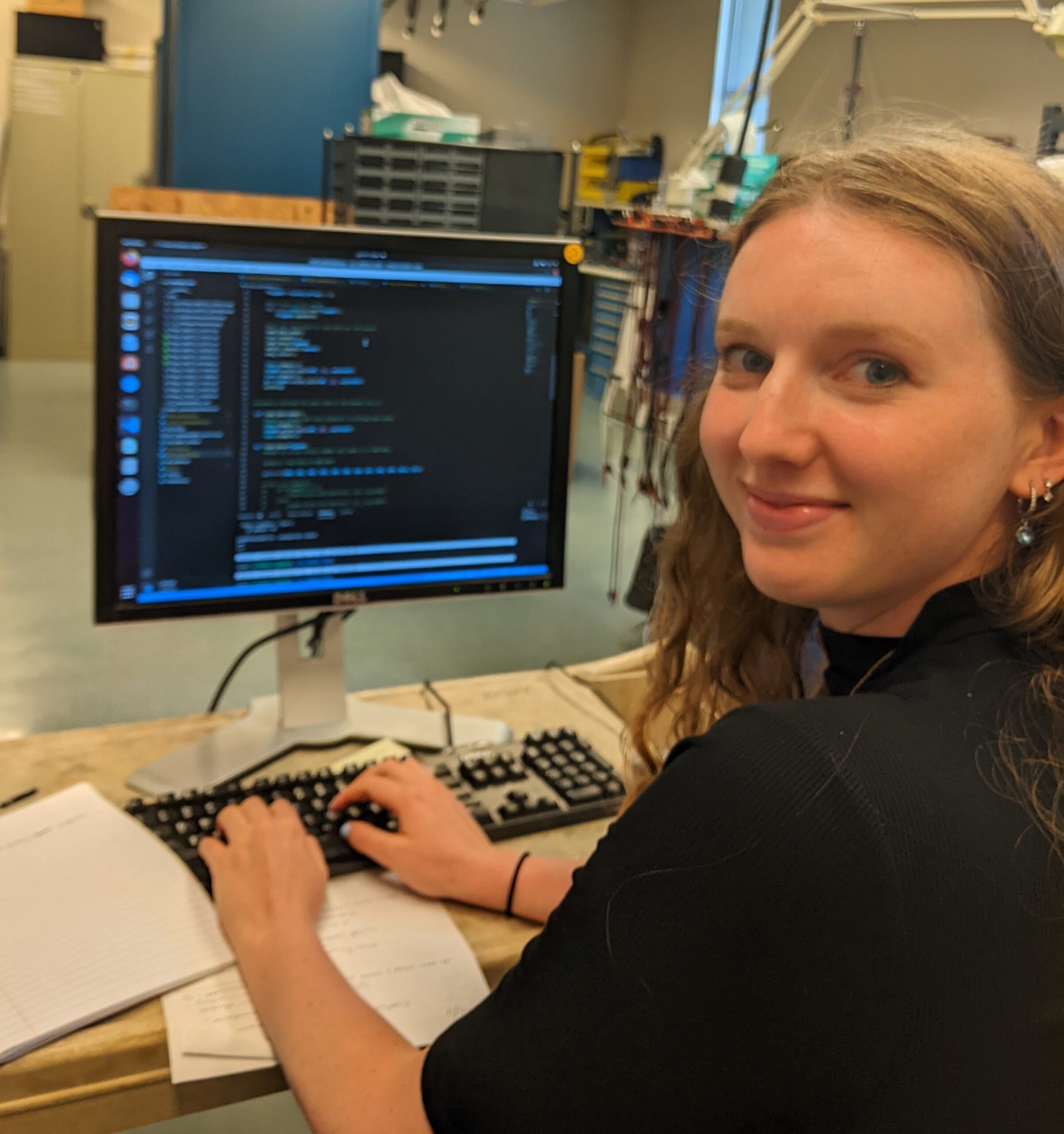
Momi Jeschke is a current senior at Swarthmore College, where she majors in Engineering and minors in Environmental Studies, with a focus on Electrical Engineering. Momi was born and raised in Hilo, Hawaii, where she developed a passion for the protection of her beautiful ‘aina. She wants to become an electrical engineer, where she can design sustainable systems, machines, and devices, combining her passion for electronics with her dedication to the environment.
Home Island: Big Island, Hawaii
High School: Waiakea High School
Institution when accepted: Swarthmore College
Akamai Project: Phase Stabilization of a Fiber-Optic System Using a Line Stretcher
Project Site: Academia Sinica Institute for Astronomy and Astrophysics (ASIAA), Hilo HI
Mentors: Geoffrey Bower, Derek Kubo and Ryan Chilson
Project Abstract:
The Academia Sinica Institute for Astronomy and Astrophysics (ASIAA) is a partner in the Event Horizon Telescope, a collaborative array of 11 radio telescopes around the world used to observe and synthesize images of supermassive black holes using interferometry. To accomplish this, the combined beam-size of the array must be extremely small (20 microarcseconds), which is achieved by aligning and synchronizing the individual telescope beams with a high degree of accuracy. However, temperature fluctuations and mechanical stressors on the fiber-optic cables that carry signals to and from the telescopes can create time delays, causing the signals to fall out of phase with each other. Our solution was to introduce a controllable line stretcher — a device that uses piezoelectric crystals to physically expand or contract fiber-optic cables — to counteract any phase changes induced by movement or temperature. We built and tested a laboratory-based prototype system, intended for future implementation at the Greenland Telescope (GLT) in Thule Air Base, Greenland. We developed a control system for the line stretcher, which included creating an algorithm for reading phase error, and stretching or contracting the line stretcher using a software PID controller. Allan variance analyses were used to measure and improve the effectiveness of the algorithm, and to compare data taken with the lab-based prototype system to data collected from the GLT. The final software servo control system adjusts the line stretcher to correct for phase drift once per second, allowing it to effectively correct for thermal and mechanical phase changes, which can change on time scales of tens of seconds.